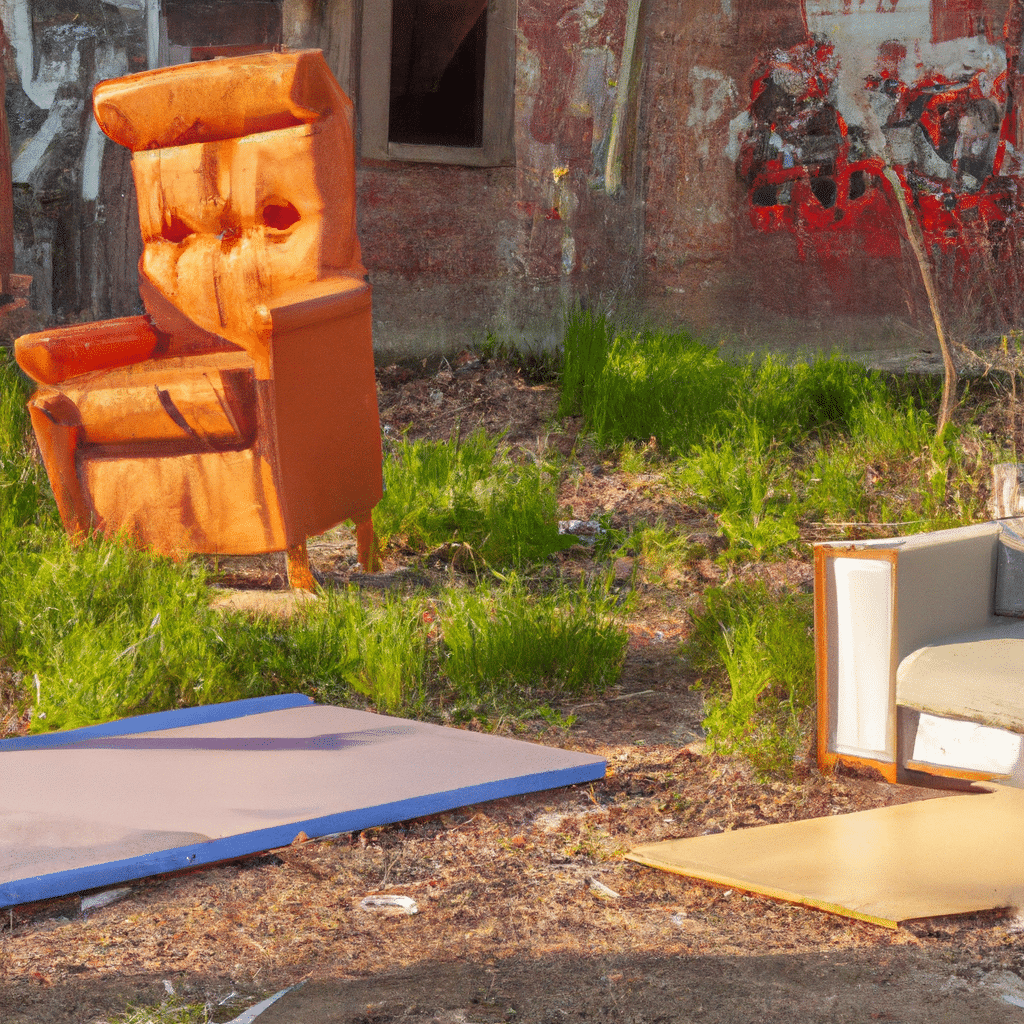In today’s fast-paced society, we have become accustomed to disposable products that are easily discarded after a short period of use. This throwaway culture not only contributes to environmental degradation but also diminishes the value and quality of the items we surround ourselves with. One area where this is particularly evident is in the furniture industry. Mass-produced, cheaply made furniture has become the norm, but there is a growing movement towards a more sustainable and enduring alternative – real wood furniture. In this article, we will explore how real wood furniture can combat the throwaway culture and provide a lasting solution for those seeking quality and longevity in their furnishings.

The Appeal of Real Wood Furniture
There is something undeniably timeless and authentic about real wood furniture. Unlike its synthetic counterparts, real wood possesses a natural beauty and character that cannot be replicated. Each piece tells a story through its unique grain patterns, knots, and imperfections. This inherent charm adds warmth and personality to any space, creating a welcoming and inviting atmosphere.
But the appeal of real wood furniture goes beyond aesthetics. It is also incredibly durable and long-lasting. When properly cared for, real wood furniture can withstand the test of time, remaining sturdy and functional for generations. This longevity is a stark contrast to the disposable nature of mass-produced furniture, which often starts showing signs of wear and tear after just a few years.
Sustainability and Environmental Benefits
One of the most significant advantages of real wood furniture is its sustainability. Unlike furniture made from synthetic materials, real wood is a renewable resource that can be responsibly harvested and replenished. Sustainable forestry practices ensure that for every tree cut down, multiple trees are planted in its place. This ensures the preservation of forests and helps combat deforestation, a critical environmental concern.
Additionally, real wood furniture has a much lower carbon footprint compared to furniture made from synthetic materials. The production of synthetic materials involves the use of fossil fuels and toxic chemicals, contributing to greenhouse gas emissions and pollution. In contrast, real wood furniture requires minimal processing and is often crafted by skilled artisans using traditional techniques. This craftsmanship not only adds value and uniqueness to each piece but also reduces the overall environmental impact.
Quality Craftsmanship and Customization Options
Real wood furniture is a testament to skilled craftsmanship. Each piece is meticulously crafted by experienced artisans who take pride in their work. This attention to detail ensures that every joint is sturdy, every surface is smooth, and every piece is built to last. The quality of construction in real wood furniture far surpasses that of mass-produced alternatives, which are often hastily assembled using low-quality materials.
Furthermore, real wood furniture offers a wide range of customization options. Whether it’s selecting the type of wood, the finish, or even the design itself, customers have the freedom to personalize their furniture to suit their individual taste and style. This level of customization is rarely available with mass-produced furniture and adds a personal touch that enhances the overall appeal and satisfaction of owning real wood pieces.
Health Benefits and Indoor Air Quality
Another advantage of real wood furniture is its positive impact on indoor air quality. Unlike furniture made from synthetic materials that often emit harmful volatile organic compounds (VOCs), real wood furniture is non-toxic and free from off-gassing. This makes it a healthier choice for those with allergies or sensitivities.
Additionally, real wood has natural antibacterial properties, making it inherently more hygienic compared to synthetic materials. Wood has been shown to inhibit the growth of bacteria on its surface, promoting a cleaner and healthier living environment.
Investment Value and Longevity
Real wood furniture is not only an investment in quality but also in value. While the initial cost may be higher than mass-produced alternatives, the long-term benefits far outweigh the price difference. Real wood furniture retains its value over time and often appreciates in worth, especially if it is a well-crafted, timeless piece.
Furthermore, real wood furniture can be passed down through generations, becoming cherished family heirlooms. This not only adds sentimental value but also reduces the need to continuously replace furniture, contributing to a more sustainable and mindful approach to consumption.
Conclusion
In a world dominated by a throwaway culture, real wood furniture offers a refreshing alternative. Its timeless beauty, durability, sustainability, and customization options make it a superior choice for those seeking quality and longevity in their furnishings. By investing in real wood furniture, we can break the mold of disposable products and create a more sustainable and enduring future. So, let us embrace the charm and authenticity of real wood furniture and make a conscious choice to combat the throwaway culture that surrounds us.








